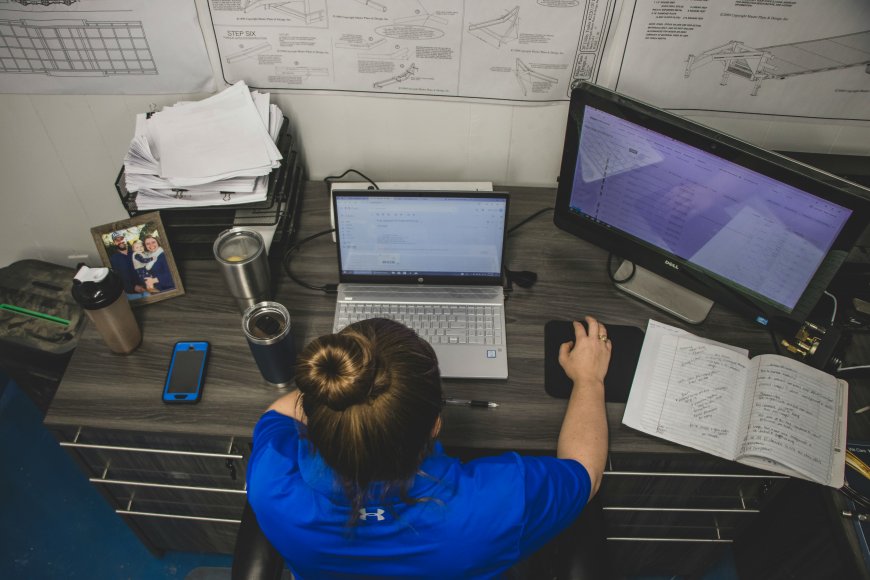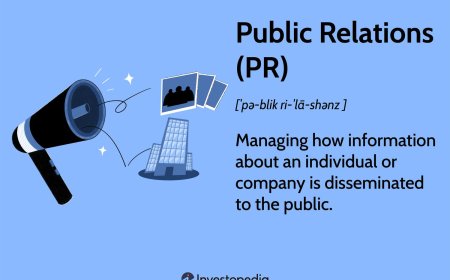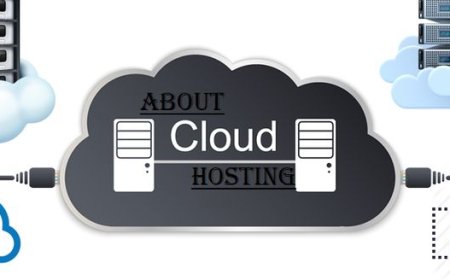Remote Work Isn’t Going Away — Here’s How to Stay Audit-Ready Year Round

Remote work is no longer an experiment.Its the fault for the growing number of global teams. A recent study by Gartner reveals that over 75% of hybrid and remote employees consider flexibility a non-negotiable part of their job.
When teams are distributed across locations, time zones, and networks, maintaining compliance becomes more complex and time sensitive. Whether you are preparing for an annual SOC 2 or ISO 27001 audit or responding to real-time data security checks, the need to stay audit-ready throughout the year has never been more urgent.
Remote audit readiness doesnt have to feel like a burden. Businesses can ensure every day is audit-ready and minimize compliance risk in remote teams with the right mix of employee monitoring software, AI-powered compliance tools, and real-time threat detection.
In this blog, well explore how remote-first companies can do just that.
Why Traditional Audit Practices Dont Work for Remote Teams
Old-school audit practices rely heavily on static logs, manual reporting, and office-based data control. These methods fall apart in distributed environments. When employees work remotely from different networks and devices, IT visibility is fragmented.
Compliance managers struggle to track who accessed what, when, and why. Without real-time visibility, gaps widen quickly.
Manual legacy systems also delay response times. In traditional setups, compliance reports are audited after incidents have occurred. That delay can lead to failed audits or, worse, fines and legal issues. To stay ahead, remote teams need always-on monitoring systems and automation to eliminate guesswork.
Remote Work Compliance Starts with Visibility
Visibility is the cornerstone of any remote compliance program. But visibility doesnt mean spying. It means gathering accurate, contextual insights about digital activity in a way that respects employee privacy.
Thats where advanced employee monitoring software comes into play.
It provides remote teams with detailed and ethical activity tracking. It also records time spent on tasks, identifies unproductive behavior patterns, and logs file access, all without crossing privacy boundaries.
Transparency ensures companies have free audit trails readily available without requiring manual data compilation. These trails can be exported to satisfy regulatory requirements.
This type of intelligent monitoring makes it easier to enforce policy and prepare audit documentation on demand.
AI-Powered Compliance Makes Manual Reviews Obsolete
AI-powered compliance systems enhance policy enforcement. Instead of relying on compliance teams to interpret reports manually, artificial intelligence processes thousands of data points per second to detect risks automatically. For remote-first companies, this removes the human bottlenecks that slow down compliance workflows.
One prominent advantage is automated policy enforcement. AI tools can compare employee behavior against your internal compliance framework and flag violations as they happen. For example, if a remote developer accesses confidential client files outside of approved hours, the system sends an alert to your compliance lead.
Another key benefit is predictive compliance scoring. AI systems evaluate risk levels across teams based on behavior history. Teams that frequently violate file access policies should undergo a deeper audit review. This approach ensures you focus on your compliance resources where they are most needed before issues escalate into audit failures.
Real-Time Threat Detection Keeps You Ahead of Breaches
A looming concern for any distributed team is the insider threats and external breaches. These arent just security issues; they are also compliance risks.
Many global regulations now require companies to detect and report data breaches in near real-time. Relying on once-a-week scans is no longer acceptable.
Real-time threat detection identifies and responds to potential incidents. Employee monitoring software includes behavior analytics that spot unusual patterns, such as an employee logging in from an unapproved device or downloading large volumes of sensitive data. These incidents trigger alerts, allowing IT and compliance teams to respond before a breach occurs.
Importantly, this kind of detection works with remote devices and cloud platforms. Whether your team is using a company-issued laptop in India or logging in from a personal device in Europe, the system monitors all endpoints. It helps to stay compliant and secure, regardless of geography.
Automate Free Audit Trails for All Activity
Manual audit preparation is a heavy resource. However, with the right systems in place, you can generate free audit trails automatically across all team activities. These trails capture keystroke logs, app usage, file access, network activity, and idle time while maintaining employee transparency.
For example, if your organization undergoes a GDPR audit, auditors may request access logs showing how data is handled. You can provide timestamped, tamper-proof records without asking employees to dig through emails or guess what happened. It reduces both legal risk and audit friction.
What makes this especially powerful is that it stores these records securely and allows for role-based access. Compliance managers can retrieve only the logs they need while protecting the privacy of other team members. It ensures you remain compliant with both internal policies and global data protection laws.
Keep Compliance Centralized and Real-Time
Remote compliance often fails because of scattered data. One dashboard holds security metrics, while another shows user activity. Documentation in folders, emails, and spreadsheets. This fragmented view makes it nearly impossible to respond to audits efficiently.
Centralizing compliance data solves this problem. Employee reconsolidates employee behavior, risk alerts, and audit documentation into a single dashboard. Teams can monitor their real-time risk profile, download pre-built compliance reports, and track how well departments are adhering to internal standards.
This single source of truth eliminates the need for last-minute data hunts. When an auditor requests proof of policy enforcement, system access control, or clean desk policy adherence, your team is ready with a click. Real-time data also helps you catch issues early, so youre not dealing with retroactive problems during the audit.
Train Teams for Continuous Remote Compliance
Technology is only as effective as the people using it. Employees need regular training on how those rules apply to remote workflows. Remote environments create new grey areas, such as using personal devices or working from unsecured networks.
These can cover safe data handling practices, approved software lists, secure communication methods, and reporting protocols for suspicious behavior. The training should be interactive and aligned with real-world remote scenarios.
wAnywhere supports training efforts by showing individual compliance scores. Managers can use these scores to identify team members who may need additional guidance. It turns compliance into a collaborative effort rather than a top-down enforcement model.
Build for Hybrid and Multi-Model Workforces
The hybrid model increases the complexity of audit readiness because risk levels shift depending on work location and access points.
To handle this, you need monitoring tools that are cloud-native and device-agnostic. Whether in-office or remote, the same compliance policies must apply. Employee monitoring tools ensure consistency by enforcing monitoring, access controls, and audit logging across environments.
The result is a unified compliance approach that travels with your workforce.
It matters not just for regulatory audits but also for internal governance. Hybrid work policies must be enforced with the same rigor as remote work policies. Otherwise, you end up with double standards that can lead to violations and penalties.
Conclusion
Audits arent going away, and neither is remote work. The companies that thrive in this environment treat compliance as a continuous process, not a scramble to prepare for review.
By investing in the right employee monitoring software, adopting AI-powered compliance, and enabling real-time threat detection, you make compliance second nature, not a burden.































![Flotilla IoT Joins Forces with [EV Manufacturer] to Enhance Smart Fleet Charging Solutions](https://www.newswireengine.com/uploads/images/202507/image_430x256_686e35ae4b970.jpg)




